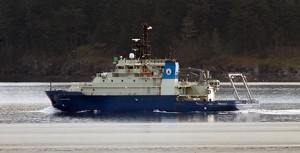
COURTESY OF WOODS HOLE OCEANOGRAPHIC INSTITUTION
The R/V Neil Armstrong will be operated by WHOI after it arrives early in 2016.
WOODS HOLE – Scientists at the Woods Hole Oceanographic Institution will soon be doing ocean research in a new state-of-the-art research vessel.
The R/V Neil Armstrong was officially turned over to WHOI by the US Navy last week.
The vessel successfully completed acceptance trials and it will operate as part of the national academic fleet.
The Office of Naval Research selected WHOI to operate the ship in May of 2010. The vessel is designed to meet the range, endurance and technical requirements for advanced oceanographic research around the world.
Neil Armstrong will replace the Knorr, which had been in operation since 1970.
“The Armstrong is the first new research ship in what you might call the astronaut class and we are very fortunate and pleased to be the first institution to receive one of these new ships from the U.S. Navy,” said Woods Hole Oceanographic Executive Vice President and Director of Research Laurence Madin.
Madin said the new ship will have much more complex equipment and electronics.
“Some of the research objectives may be the same but the way of going about meeting those objectives, the kinds of technology that are used, the kinds of methods and the demands made on the ship, have certainly evolved over time,” Madin said. “The new ship will have many improvements in terms of its propulsion and maneuverability, layout of the laboratories and its ability to support a wide variety of different oceanographic research programs.”
The Knorr, which is best known as the ship that supported a team of WHOI and French researchers in 1985 as they discovered the wreck of the RMS Titanic, will be given to the Mexican government and will remain as a research vessel.
“When the Knorr first went to sea there was no such thing as a computer on a ship and nowadays, of course, it’s a very different picture,” Madin said.
The Neil Armstrong, which is 238 feet long and will be able to undertake missions up to 40 days, will be outfitted with the essentials it needs for operation, spare parts, food stores and other basic equipment over the next month in Washington state.
The ship will begin its voyage to the East Coast in November and will make stops in San Francisco and at the Panama Canal before making port in the southeast US where the ship’s science equipment will be installed and tested including its sonar systems and other sensors.
The new vessel is expected to arrive in Woods Hole early in 2016 where a series of science verification cruises will be peformed before its first science mission, which is planned for May 2016 in the North Atlantic.
By BRIAN MERCHANT, CapeCod.com NewsCenter




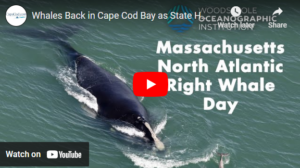


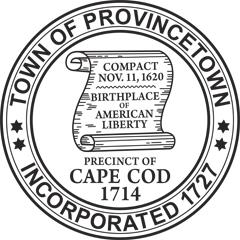
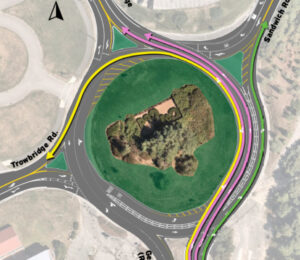
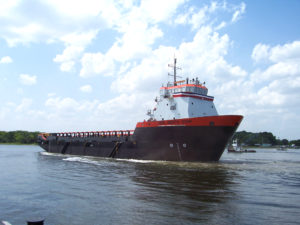


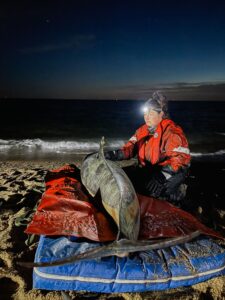
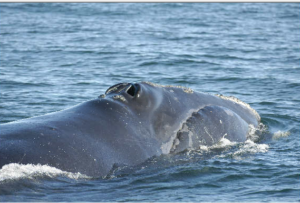










Speak Your Mind